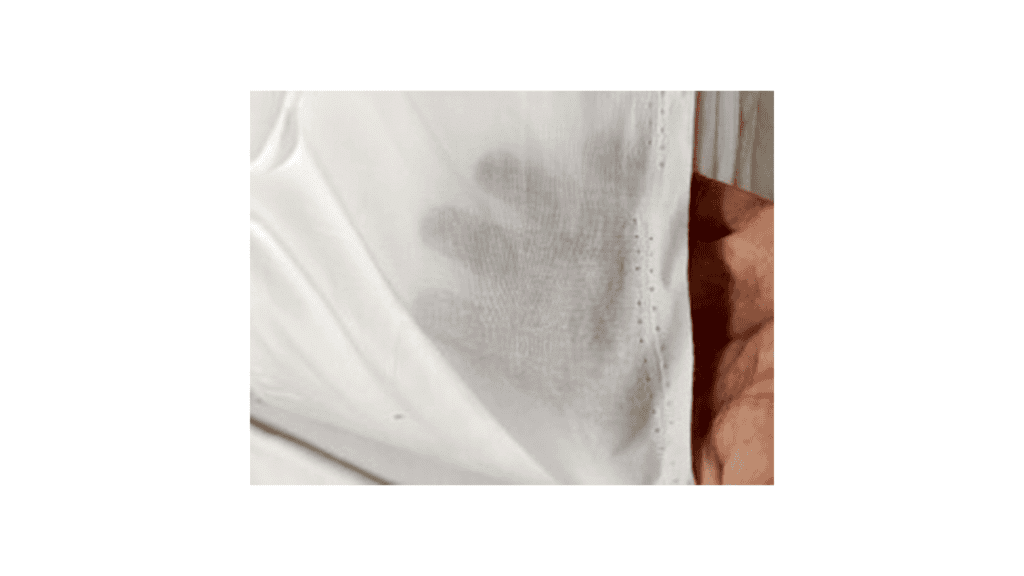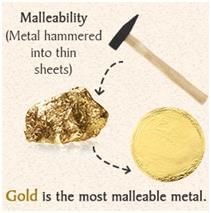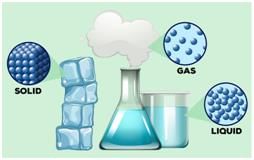UPSC Exam > UPSC Tests > Science & Technology for UPSC CSE > Test: Sorting Materials into Groups - UPSC MCQ
Test: Sorting Materials into Groups - UPSC MCQ
Test Description
10 Questions MCQ Test Science & Technology for UPSC CSE - Test: Sorting Materials into Groups
Test: Sorting Materials into Groups for UPSC 2025 is part of Science & Technology for UPSC CSE preparation. The Test: Sorting Materials into Groups questions and answers have been
prepared according to the UPSC exam syllabus.The Test: Sorting Materials into Groups MCQs are made for UPSC 2025 Exam. Find important
definitions, questions, notes, meanings, examples, exercises, MCQs and online tests for Test: Sorting Materials into Groups below.
Solutions of Test: Sorting Materials into Groups questions in English are available as part of our Science & Technology for UPSC CSE for UPSC & Test: Sorting Materials into Groups solutions in
Hindi for Science & Technology for UPSC CSE course. Download more important topics, notes, lectures and mock
test series for UPSC Exam by signing up for free. Attempt Test: Sorting Materials into Groups | 10 questions in 10 minutes | Mock test for UPSC preparation | Free important questions MCQ to study Science & Technology for UPSC CSE for UPSC Exam | Download free PDF with solutions
Detailed Solution for Test: Sorting Materials into Groups - Question 1
Test: Sorting Materials into Groups - Question 2
Select the translucent materials from the following?
Detailed Solution for Test: Sorting Materials into Groups - Question 2
Detailed Solution for Test: Sorting Materials into Groups - Question 3
Test: Sorting Materials into Groups - Question 4
A substance which can be beaten into thin sheet, is called
Detailed Solution for Test: Sorting Materials into Groups - Question 4
Test: Sorting Materials into Groups - Question 5
Choose the opaque materials from the following
Detailed Solution for Test: Sorting Materials into Groups - Question 5
Test: Sorting Materials into Groups - Question 6
What property of materials do we observe by looking through a sheet of paper with and without oil?
Detailed Solution for Test: Sorting Materials into Groups - Question 6
Test: Sorting Materials into Groups - Question 7
The state of matter which has a definite volume but no definite shape
Detailed Solution for Test: Sorting Materials into Groups - Question 7
Detailed Solution for Test: Sorting Materials into Groups - Question 8
Test: Sorting Materials into Groups - Question 9
Which among the following materials are not lustrous
Detailed Solution for Test: Sorting Materials into Groups - Question 9
Test: Sorting Materials into Groups - Question 10
Which type of material is used to make wind screen of a car?
Detailed Solution for Test: Sorting Materials into Groups - Question 10
|
91 videos|516 docs|212 tests
|
Information about Test: Sorting Materials into Groups Page
In this test you can find the Exam questions for Test: Sorting Materials into Groups solved & explained in the simplest way possible.
Besides giving Questions and answers for Test: Sorting Materials into Groups, EduRev gives you an ample number of Online tests for practice






















